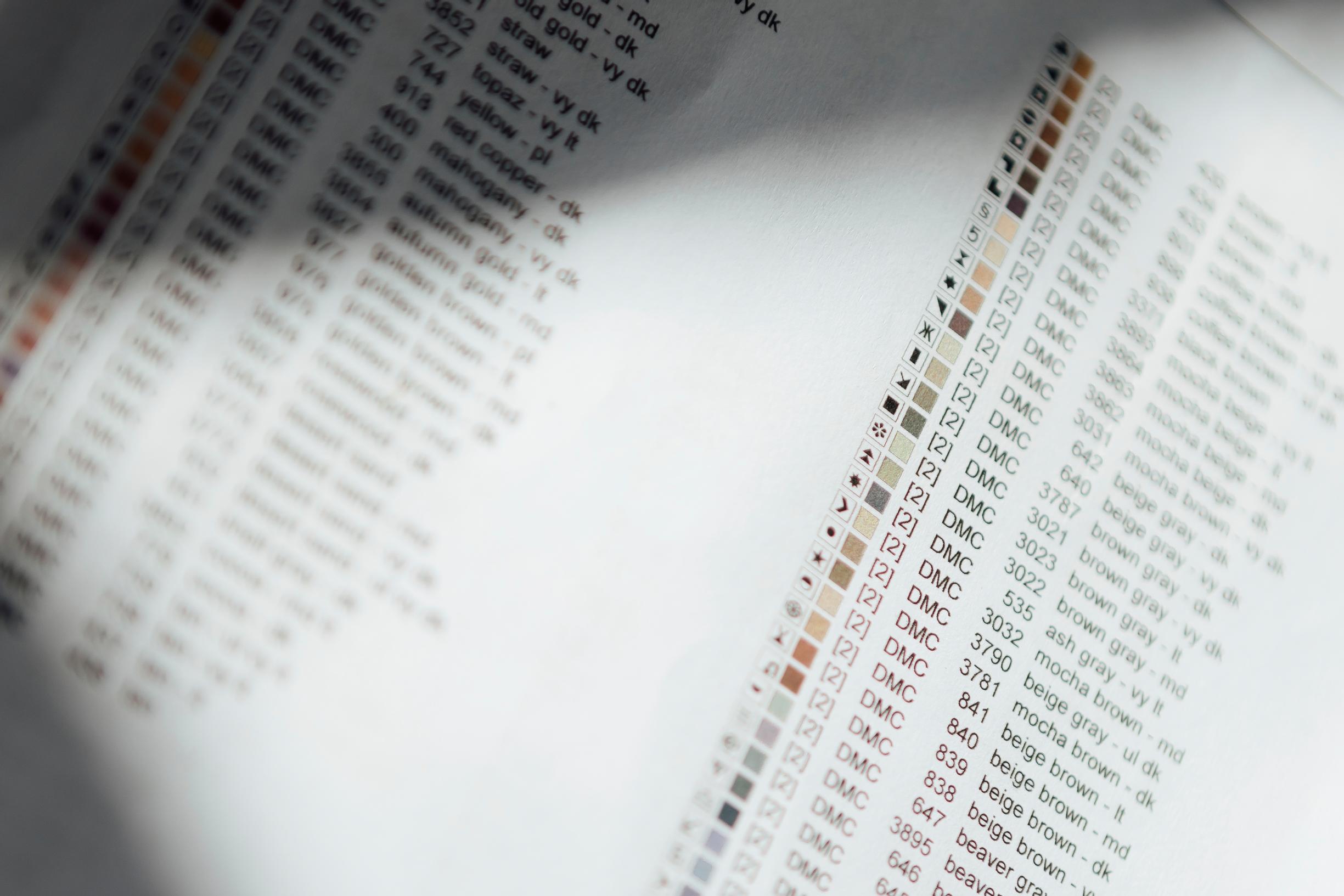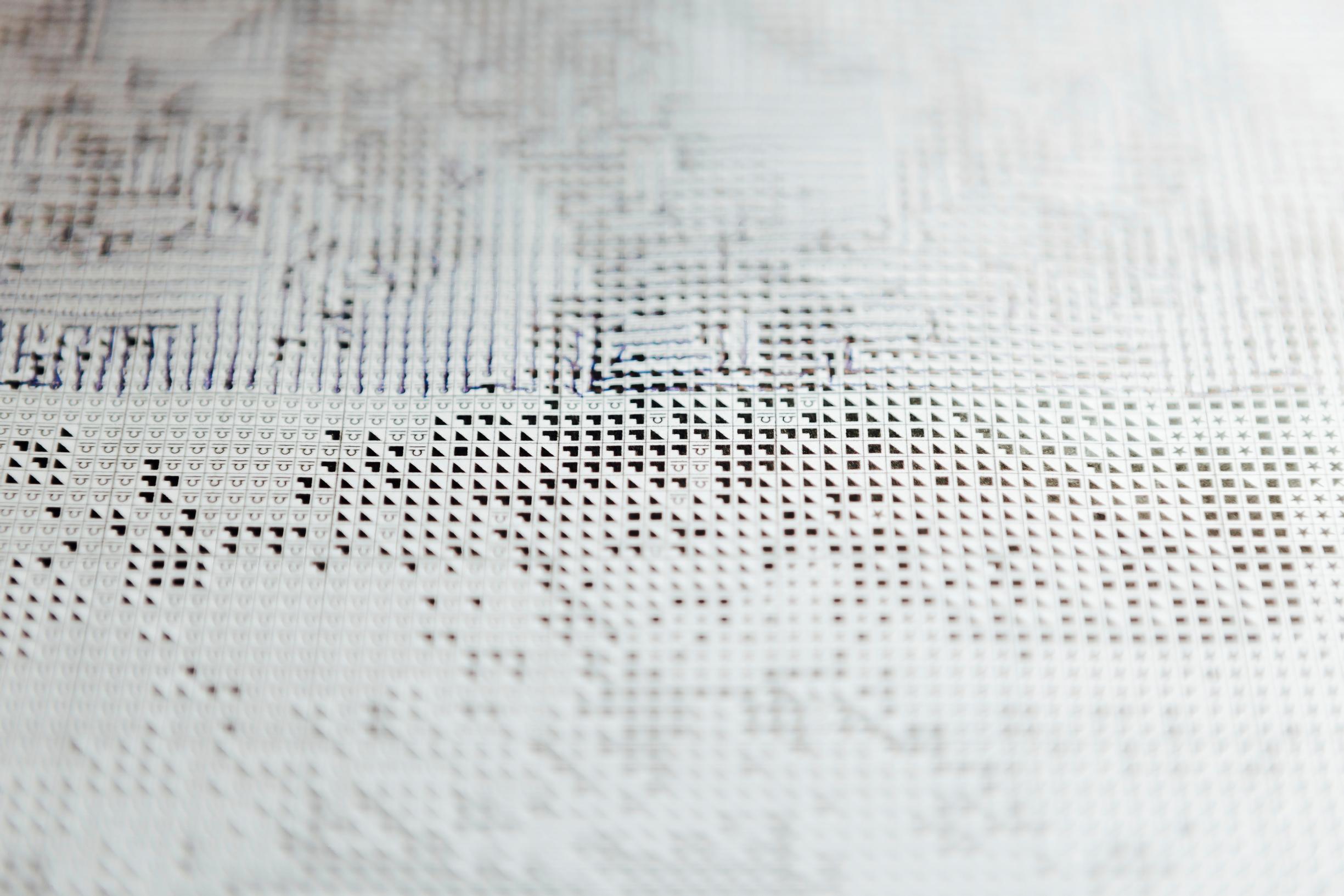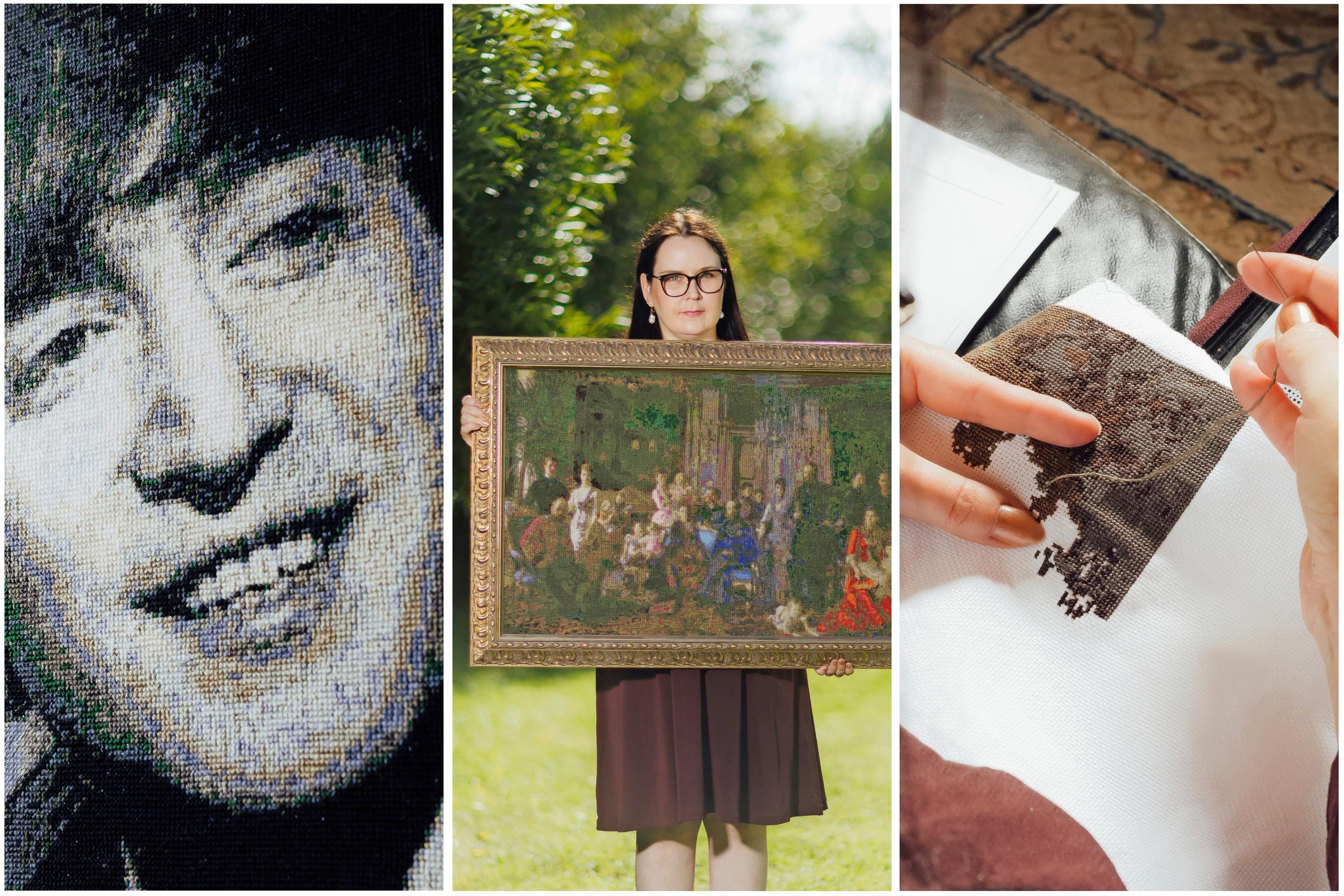
Ridiculously slow, ridiculously wonderful! “I worked for 7 years on my biggest cross-stitch piece”
Forty-eight-year-old Tanja Matilainen’s astonishingly precise cross-stitch pieces often depict European royalty, which is why she has received numerous thank-you letters from royal courts. According to Tanja, the craft is unbelievably slow, but that doesn’t bother her: “The more challenging the piece, the better. I especially love working on tiny details.”
Few people receive mail from royalty, but Tanja Matilainen from Laukaa, Finland, has letters from the Danish, Swedish, and English courts. She has her beloved cross-stitch pastime to thank for these prestigious acknowledgments.
Tanja embroiders portraits of European royalty. When she donates her work to its subjects, they often respond. Queen Elizabeth II only received a photograph of Tanja’s piece, which Tanja explained was on display at her workplace, a care home. Even so, a warm response arrived from Buckingham Palace, which Tanja opened with trembling hands.

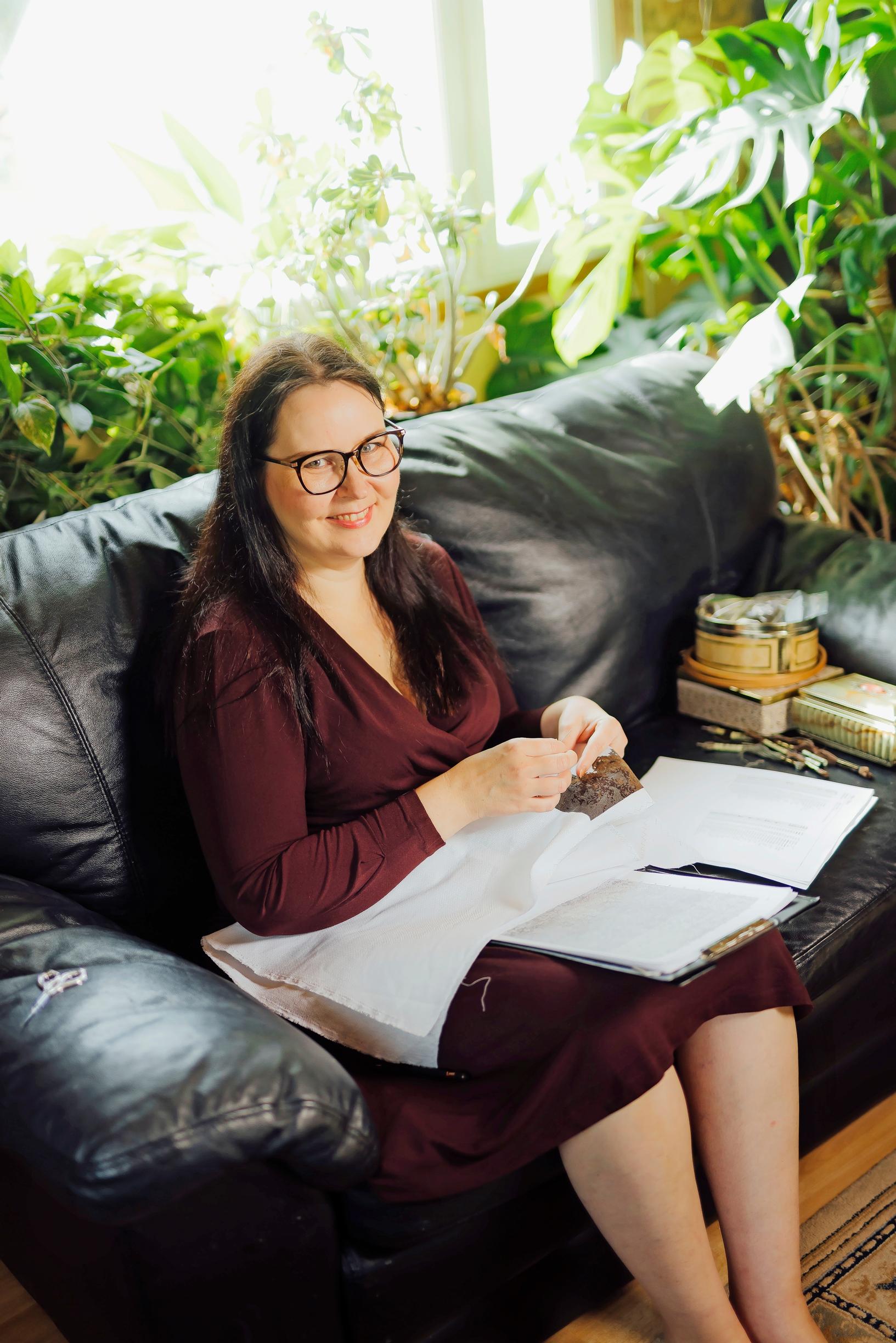

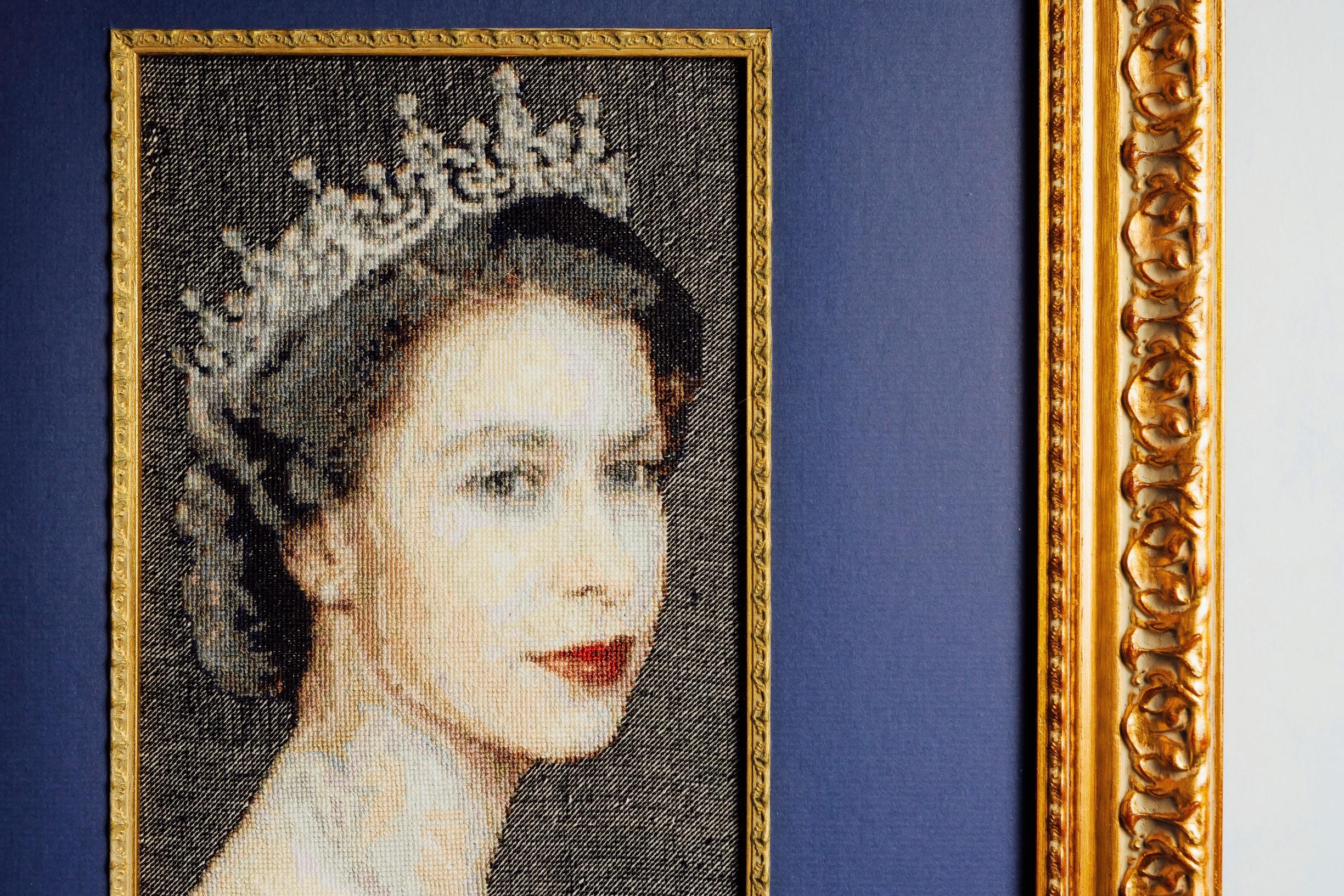

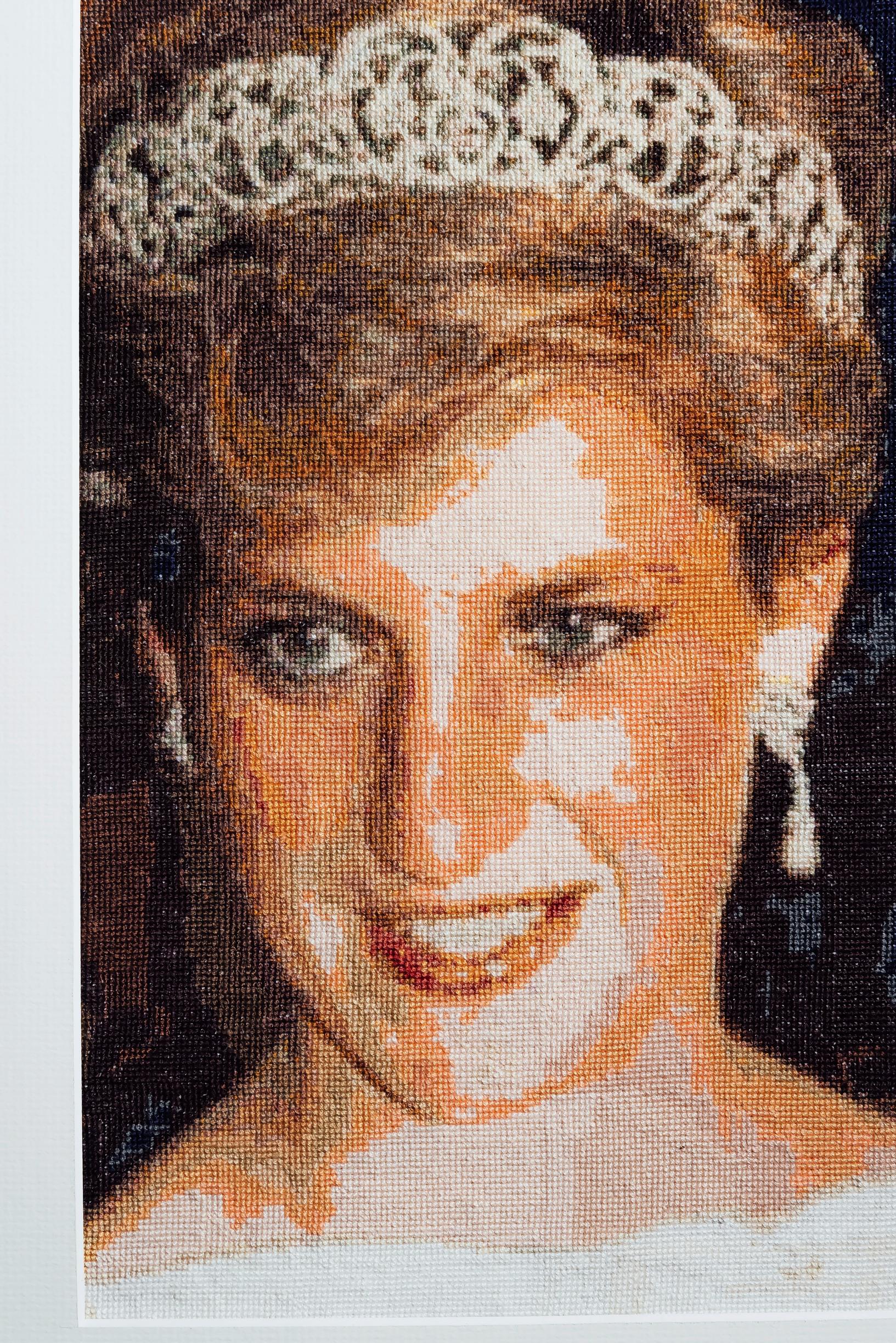
“This is the only craft I know that allows you to produce such meticulous detail and achieve images like these.”
Tanja, how did you get into cross-stitching?
I first tried cross-stitching in my middle school crafts class, making small strawberries. That didn't yet spark my interest. In 1996, I graduated from vocational school with a business qualification and couldn’t find work in my field right away. While thinking about how to fill my days during unemployment, I spotted instructions for two rose-themed pieces in a magazine and decided to give them a shot. I got excited when they turned out beautifully. They’re still on my wall.
I kept ordering cross-stitch kits until around 2000, when I discovered a CD-ROM embroidery program at the computer department of a department store. With it, I could make my own patterns from images. The first patterns I made featured my favorite singers, John Lennon and Paul McCartney of The Beatles. Nowadays, I use an embroidery program I purchased online.
This is the only craft I know that allows you to produce such meticulous detail and achieve images like these. The more challenging the piece, the better. I especially love working on tiny details—stitching small symbols feels like meditation. For instance, in the coronation portrait I made of Queen Alexandra, you can see her face, jewelry, everything, even though they’re just color dots. When I get immersed in cross-stitching, time flies. Sometimes I even forget to eat.

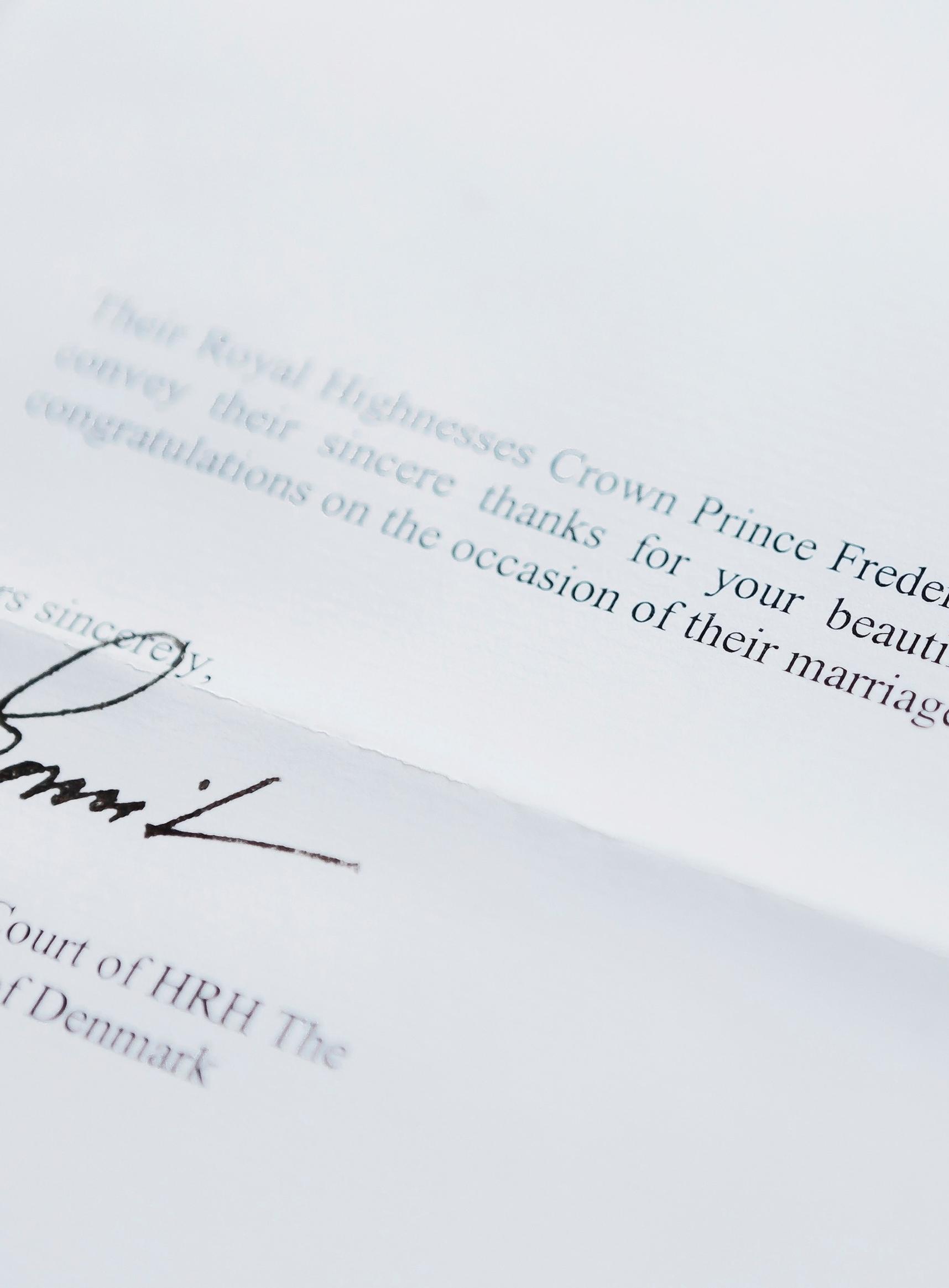

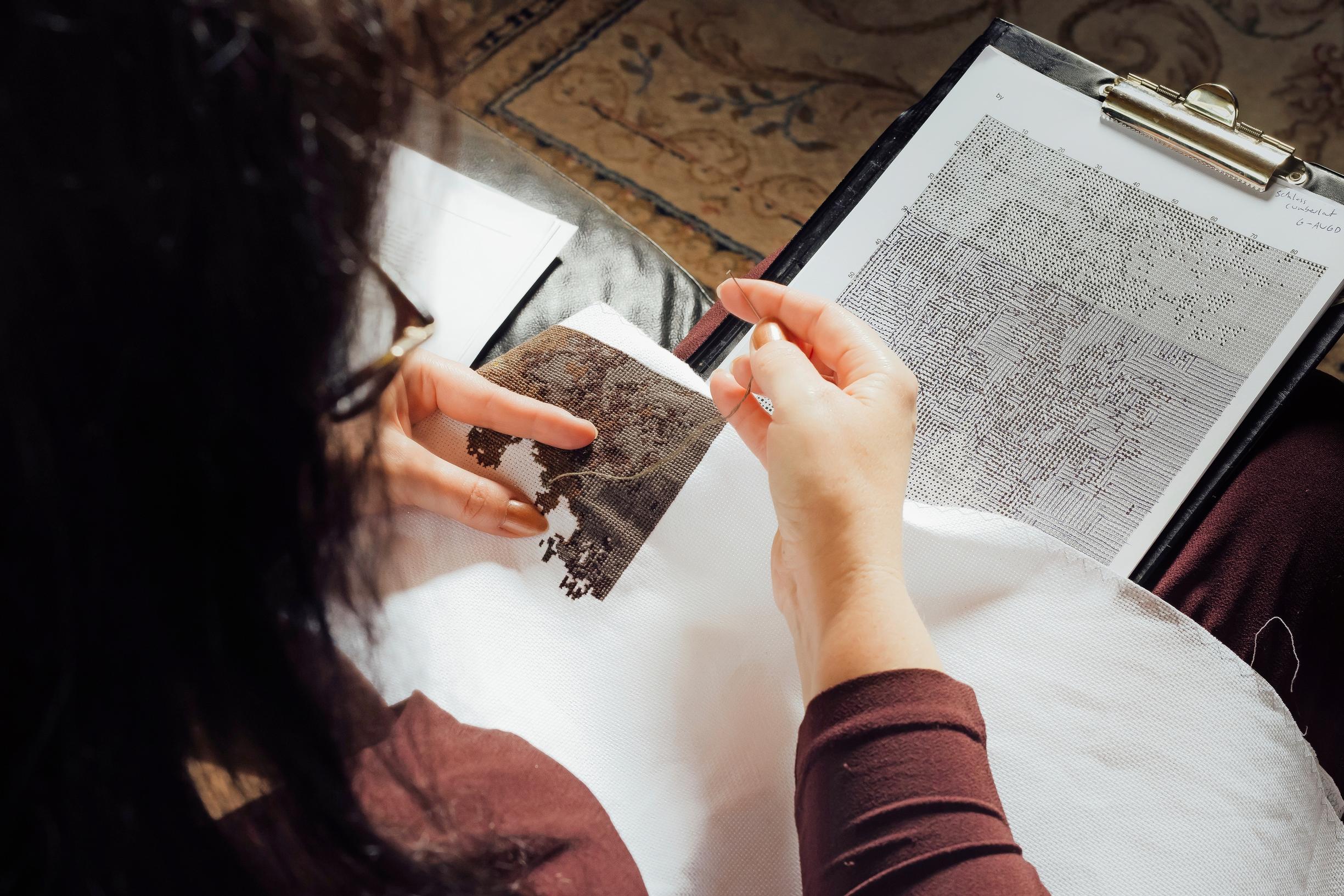

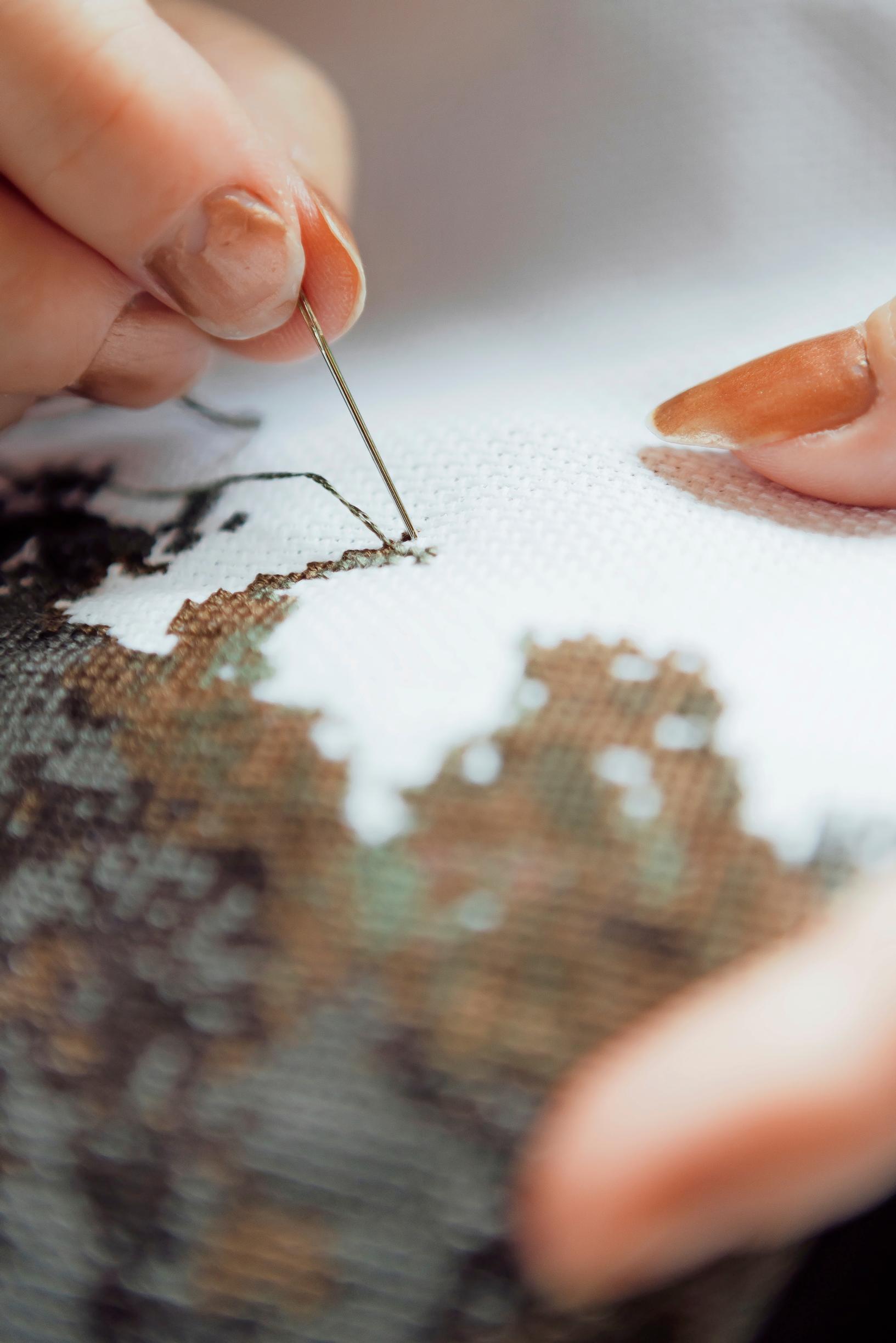
How do you choose the subjects for your pieces?
I’ve always been a fan of royalty: they combine glamour with history. I’m also fascinated by the fact that practically all Europe’s royal families are related. I also enjoy stitching historic buildings like castles and churches.
I’m brimming with ideas. Sometimes I get inspired by something new before I’ve even begun my next piece, because this process is unbelievably slow. I won’t stitch just any photo—it has to be perfect. I have stitched a few commissioned pieces, such as a beloved cottage view for my late godmother, and a picture of my parents' house for them.

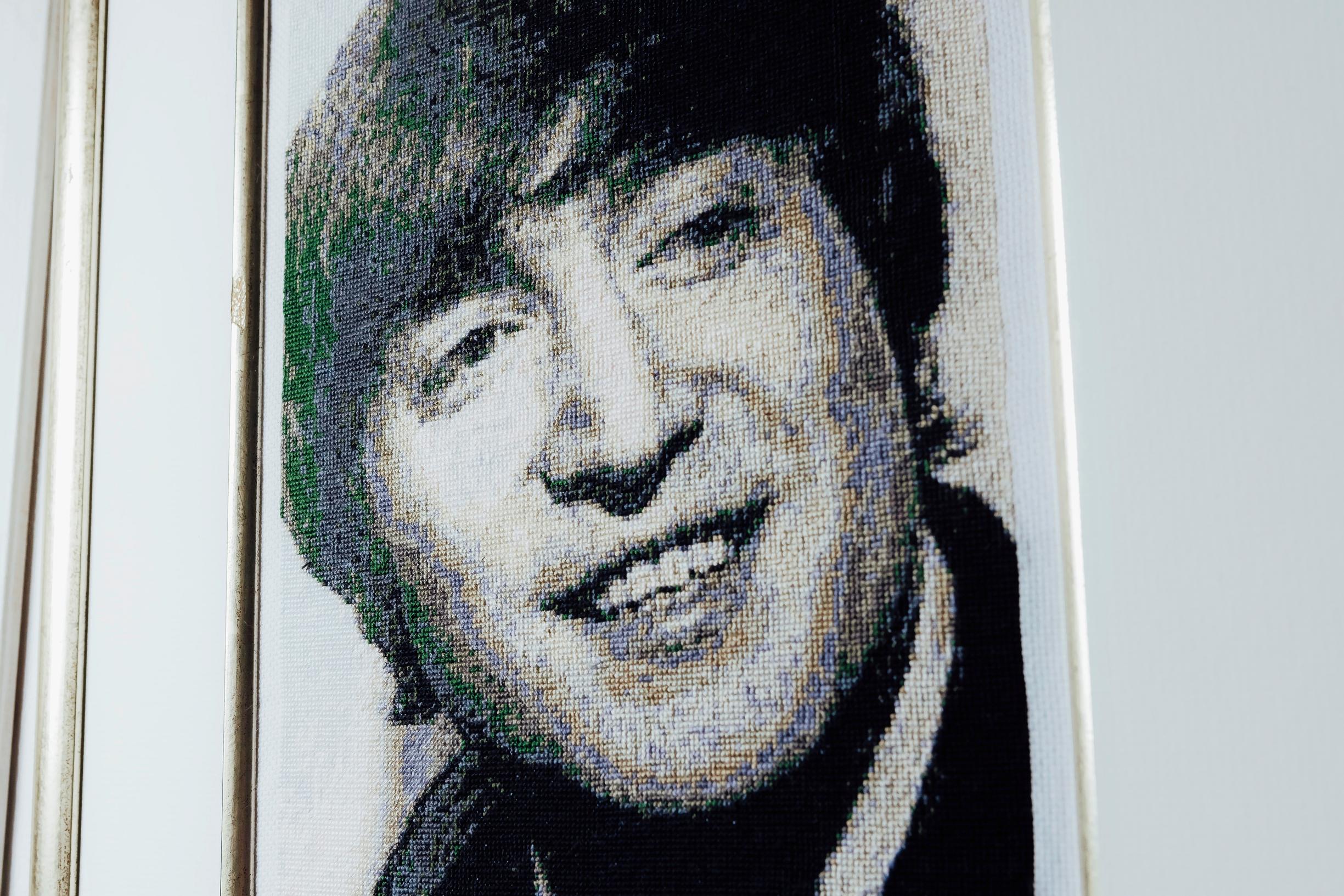

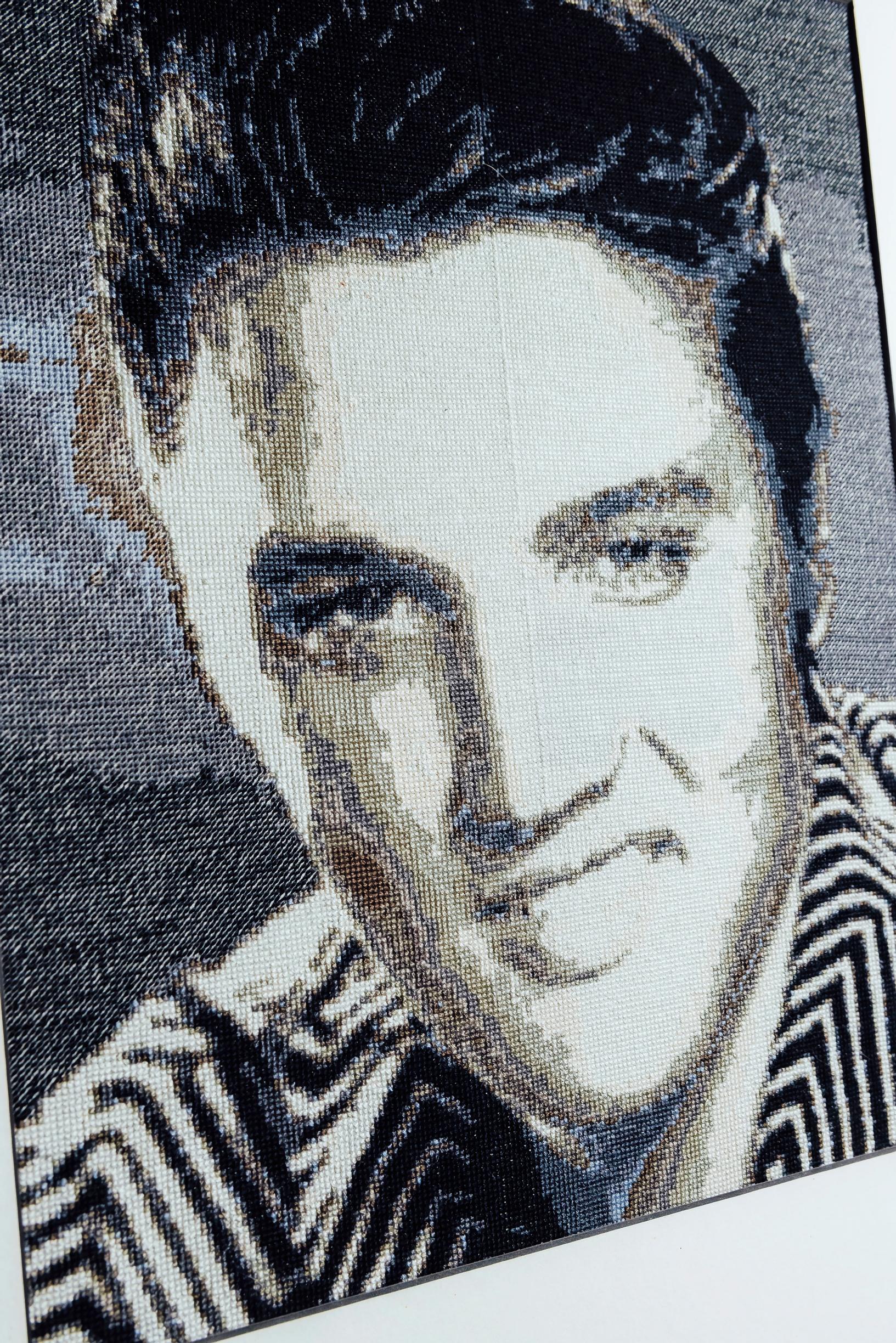
“I spent seven years on my biggest piece, though I worked on others in between so I wouldn’t get bored of it. It’s a meter wide and 60 centimeters tall, and it has 302,460 stitches.”

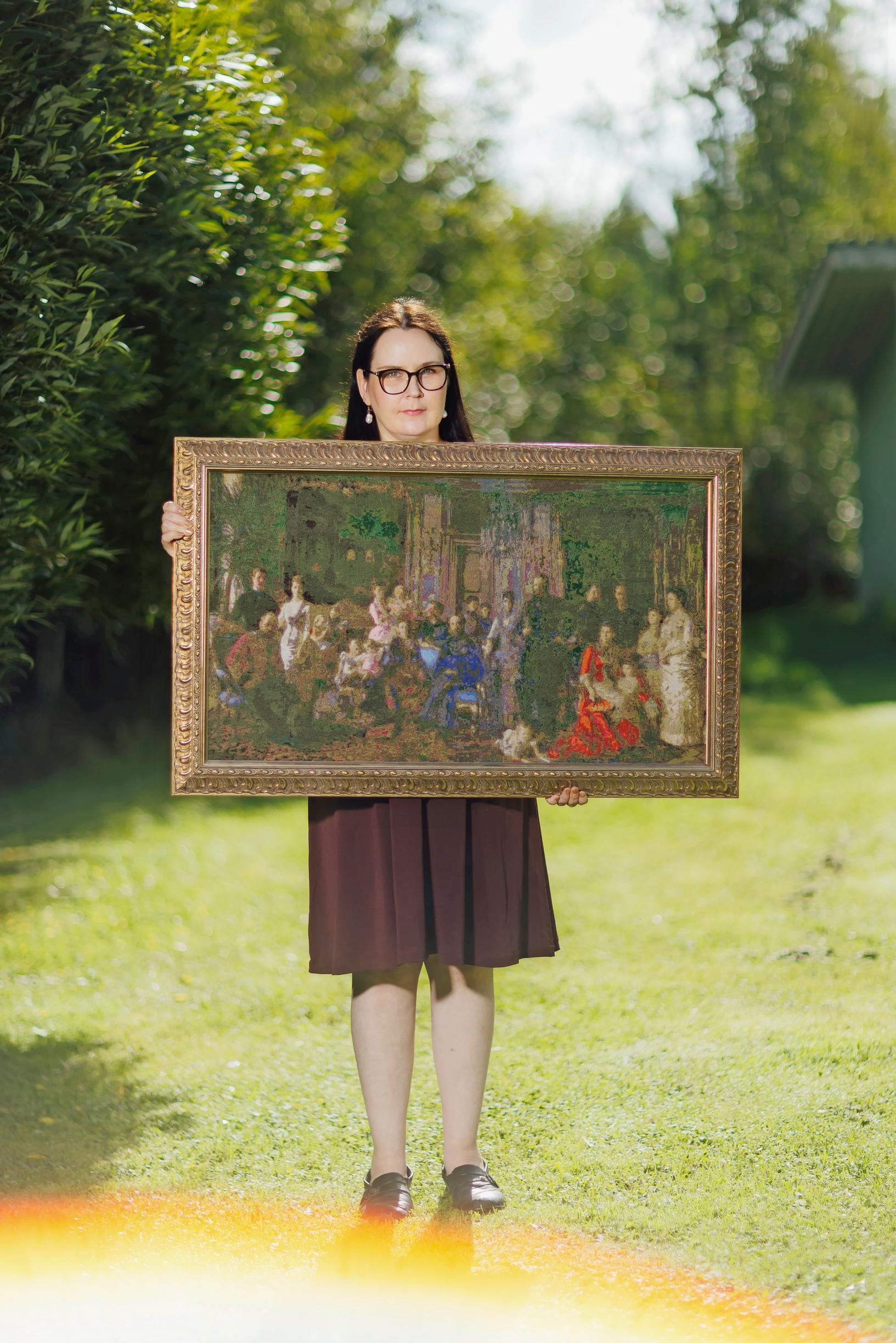
How much time do you spend on your hobby?
I devote almost all my free time to cross-stitching—at least a couple of hours a day. If the weather is nice, I do it outside on the terrace. When I travel, I take my work on the plane. My husband says that once I start cross-stitching, I enter my own world and there’s no point talking to me. Sometimes he urges me to do something else for a change.
On average, I spend around six months on a project. Even a small embroidered Christmas card can’t be completed in one evening. I spent seven years on my biggest piece, though I worked on others in between so I wouldn’t get bored of it. It’s a meter wide and 60 centimeters tall, and it has 302,460 stitches. It portrays a painting by the Danish artist Laurits Tuxen of Denmark’s King Christian IX with his extended family.
The most time-consuming pieces have also been the most rewarding. It’s an amazing feeling to complete something I’ve spent so long working on.

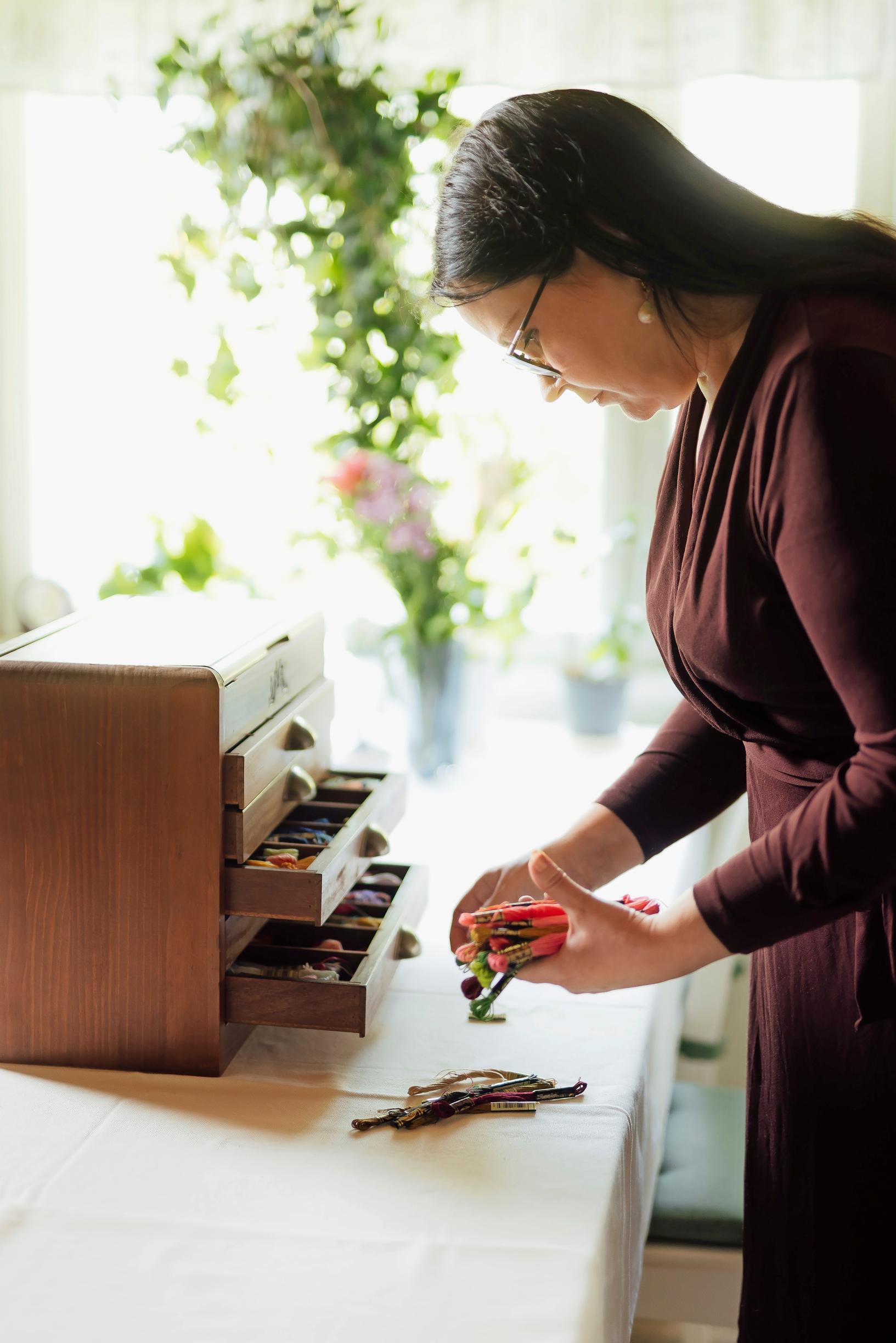

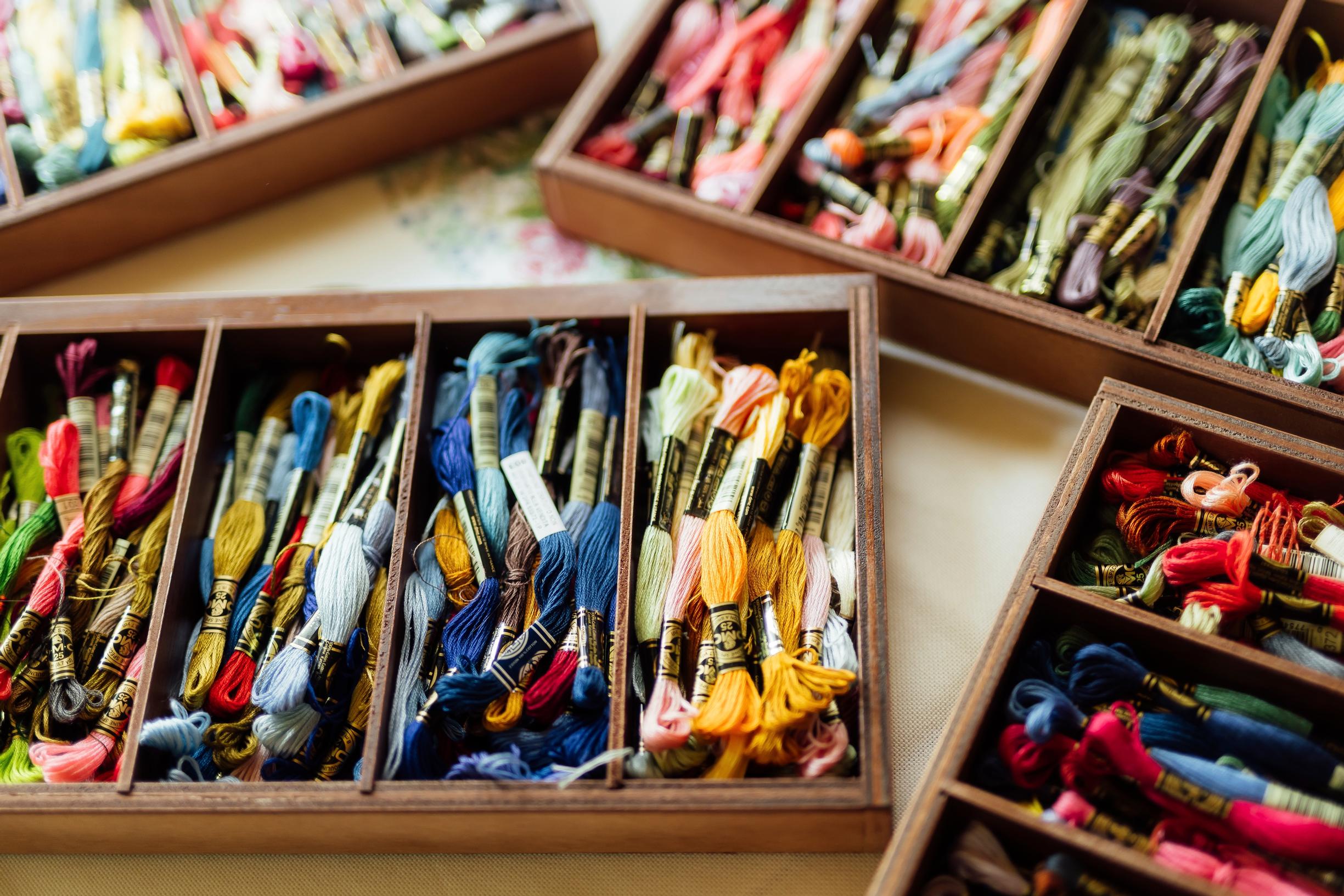
What has this hobby taught you?
I’ve learned a lot about color. One piece can use up to 80 different colors, many of which are subtle variations of each other. That’s what gives the final image depth. Even though a computer generates the pattern, it’s still an art form. I scrutinize every pattern closely and make sure they are right. When I was making the Paul McCartney piece, for instance, I realized he would have turned out too yellow if I hadn’t changed many of the colors.
Cross-stitching has taught me patience—I’ve been told I have the patience of a saint. If I’m anxious or worried, picking up my cross-stitch work calms me. It’s the perfect grounding activity. If there’s one thing I want to be remembered for, it’s these cross-stitch pieces.

